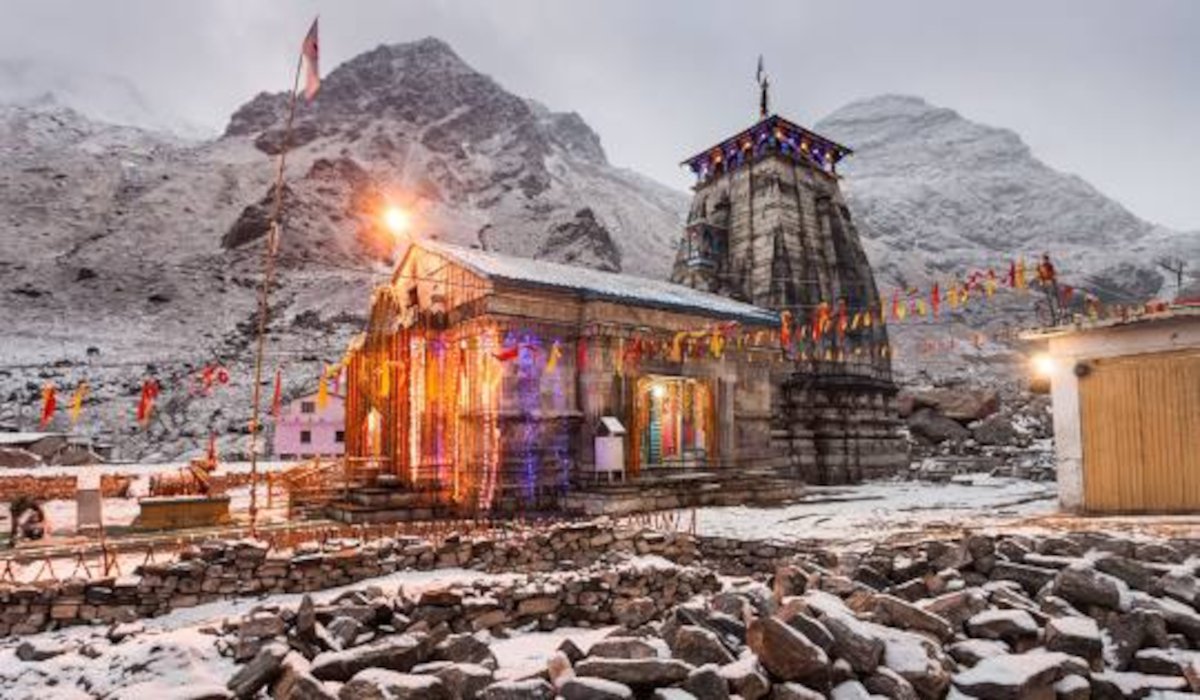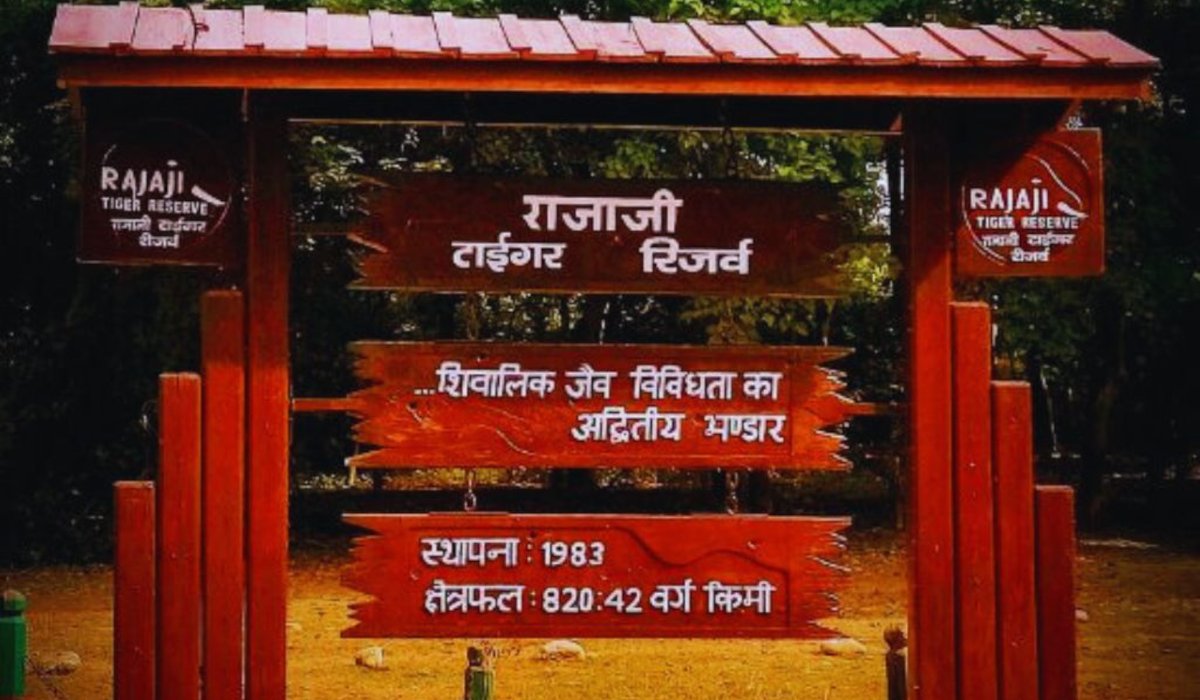In a massive spiritual gathering, more than 12,000 devotees assembled at Gayatri Tirth Shantikunj on Sunday during Sarvapitri Amavasya to perform collective Shraddh-Tarpan rituals to honour departed ancestors and pray for peace for souls lost in calamities. Our correspondent reports the event unfolded across four locations within Shantikunj in 24 batches, as participants paid homage and recited prayers for their forefathers.
Devotees from Uttarakhand and various parts of India carried out Shraddh rites with deep reverence, offering water and other customary offerings in Vedic style ceremonies led by learned acharyas associated with Shantikunj. The rituals also included prayers for those who perished in natural disasters, accidents, or other crises.
Shantikunj organizers encouraged attendees to link ancestral reverence with environmental care by taking a pledge to plant trees. Free puja supplies were distributed so that all could participate without financial burden.
Administrator Yogendra Giri noted the event is part of Shantikunj’s larger mission to preserve Sanatan culture and foster spiritual awareness throughout society. The free provision of puja materials, he said, was intended to let people engage with the ritual sincerely and without worry.
Our correspondent adds that logistics were carefully arranged: batches were scheduled to ensure smooth movement, and religious scholars conducted the rites following traditional norms to give the ceremony solemnity. Many attendees described the gathering as deeply calming, connecting them with their family heritage and their faith.
The event highlights the continuing cultural and spiritual importance of ancestral worship in the region. Sarvapitri Amavasya is observed annually to remember ancestors, seek their blessings, and assuage any debts to the departed. In recent years, such mass events have also been used as occasions to promote messages of environmental responsibility, as seen with the tree-planting pledge.
Our correspondent adds that this blend of ritual and social message reflects a trend in Uttarakhand and other states, where religious events are increasingly incorporating ecological awareness. The ceremony at Shantikunj also drew attention to how spiritual institutions are stepping up efforts in community engagement beyond worship.


























